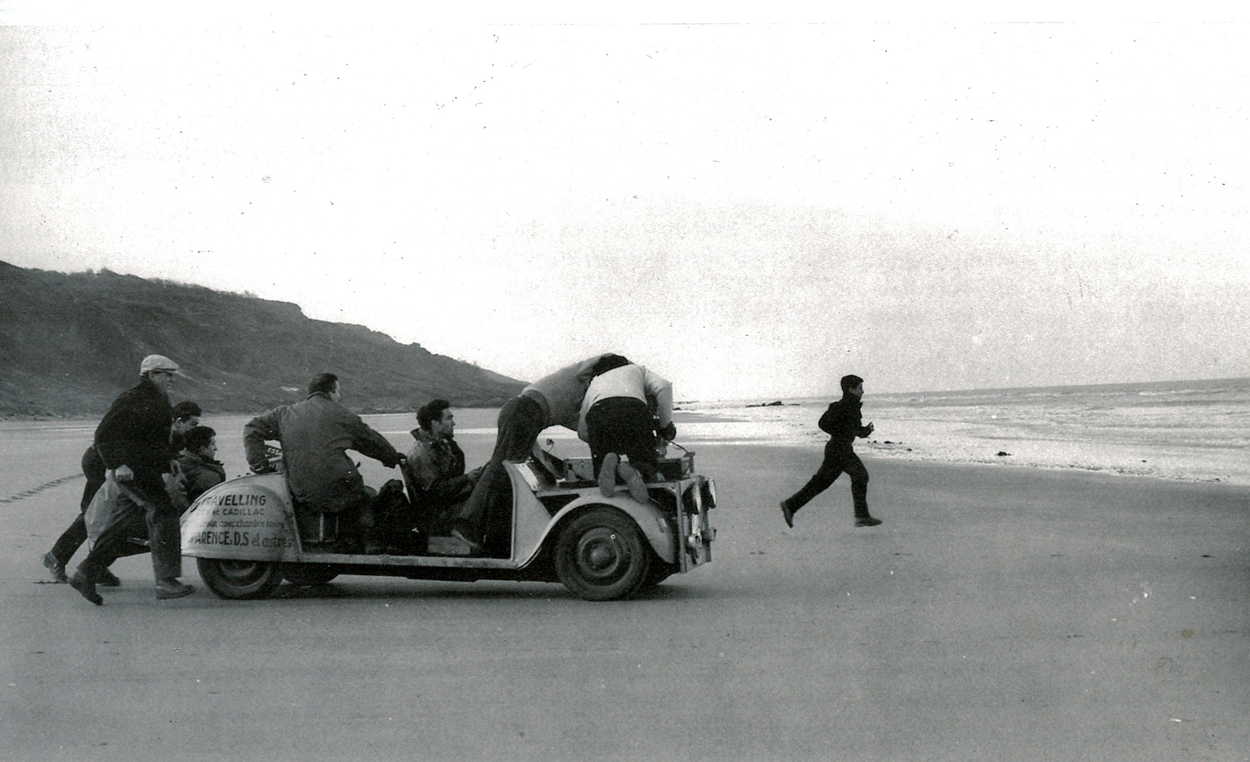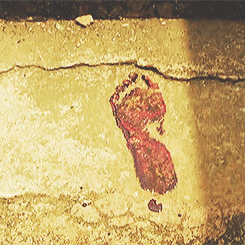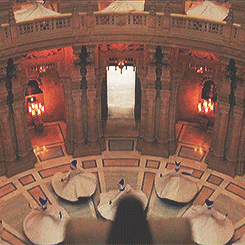The first post that follows criteria, with a focus on lit. elements and visual style. This means that there will be spoilers. ;)
In class, we viewed Francois Truffaut's 1959 French New Wave/'La Nouvelle Vague' film, The 400 Blows, originally titled in its native language as Les quatre cents coups. As we learned from this week's presenters, it was film critic Truffaut's first feature film, taking on a semi-autobiographical theme (he was a big advocate for realism/the 'camera as pen' doctrine and mise
-en-scène) and portraying a young Jean-Pierre Léaud as lead character Antoine Doinel. It has been called one of the defining films of the movement because of its characteristic traits, such as the camera's extended long shots and deep focus paralleled with the overall dramatic storytelling, for which it received numerous awards. Following the life of so-called troublemaker Doinel, the film focuses on such heady topics as the injustices suffered by juvenile
delinquents in historical France, poor parenting alongside self-absorption, and the norm of a one-size-fits-all educational standard.
Before I begin dissecting the movie for specific techniques, I will mention that, apparently, while the English title is a direct translation, it misses the overall meaning. "Faire les quatre cents coups," is an expression meaning "to raise hell," or "to live a wild life." I myself was perplexed
about the title, so hopefully this has enlightened
you, as well.
 |
| Not Rated |
Thematically, this film supplies a lot. In our groups we discussed certain literary elements and tied those to issues like childhood, education, the middle class, et cetera. My group was assigned the motifs of symbolism and family, and the theme statement I came up with went as follows: "In a society that blurs or simply misunderstands the line between infancy and adulthood, it is often difficult to comprehend the relationship held between family members and how they each view one another." We were able to tie this thesis to children becoming adults and vice versa. For example, Doinel wanted to earn a living for himself, defaced a pin-up poster, was seen smoking a cigar with a friend, committed theft, attempted to illegally flog merchandise, and rolled a cigarette—all actions a mere child is never expected to commit. On the other side of the coin we have the mother's vanity and inability to problem-solve, Julien's refusal to take on responsibility, confused decision-making (would you take your child out for a movie and ice cream after he set a fire in your apartment?), employed individuals having fun on a carnival ride during the weekday, and other nonsensical things at which an adult in today's world would probably tsk.
I connected the symbol of pregnancy to this analysis, as well. It is mentioned once quite casually in a conversation between mother and father, and later Gilberte mentions that it is disgusting for people to breed like rabbits. Then, when Doinel goes to purchase flour, he overhears two women talking about a cesarean and nearly vomits (this might tie in with the later-revealed fact that his mother nearly aborted him). Later, when the young boy descends the flat's stairs to dispose of the trash, there is the diegetic sound of a wailing baby. This pattern is repeated during the carnival ride when the women scream in excitement, and again when we hear the sickly cats mewling in René's house. Another image that stuck out in my mind was when Doinel runs away from home for the first time and steals a jug of milk. He drinks from it thirstily, like a baby suckling from its mother. *involuntary shudder* Finally, there was the scene with the lost puppy. The fact that the woman's pet was still a young pup and not a fully grown dog seems both important and ironic. Doinel is a puppy himself, wandering the streets, just as wayward.
 |
| Doinel wondering if his teacher is for serious with this 'useless science and algebra' guff. |
But enough of what my group already covered in class. The element of setting, as touched on by other students, plays an important role in The 400 Blows. Paris, France was not the best place for a child in the '50s, as exemplified by how many children were residents in the observation center. On a physical level, confined spaces were present from the very beginning when Doinel was punished for his 'insolence' by having to stand behind an easel in a corner of the classroom. His living space is another prime example, as are, of course, the iconic holding cell and paddy wagon.
The characters themselves had intricate relationships with one another, but none more complex than the one between Doinel and his parents. Those two could really have used some lessons in proper upbringing. Parental and authoritative figures like teachers, René's odd mother, and his distant father all blatantly acted as antagonists throughout the story. Speaking of...it was interesting to see the overall plot unfold. As I think Mimi mentioned, the cycle of accident and punishment grew continually worse for poor Doinel. Plot coincides with what I identified earlier as children and adults switching roles, which was, in my opinion, Truffaut's strongest commentary throughout the film.
The best-quality subtitled trailer I could find.
Finally, onto technique. I took Mimi's Fiction into Film course a couple semesters ago, and it is nice to once again utilize what I learned about the industry's technical jargon. Truffaut helped to solidify French New Wave with his use of tracking and ability to film the entire movie in deep focus. He also used close-up shots to emphasize specific scenes, like when Doinel starts to zone out and we see his POV as the camera slides up past his mother's eyes and instead centers upon her hat. There was also the high angle shot during the comedic scene in which the physical education teacher takes the students out for a jaunt, not to mention the numerous long shots of the city itself which gave the audience a sense of fast-paced urban life. The most famous scene, though, takes place at the very end. Doinel escapes from the observation center and begins to run: a long take in deep focus that had me mesmerized with the diegetic running footsteps (though they were, professedly, added in during editing). By the time Doinel reaches the beach—a dream of his, as he had never seen the ocean before—the audience can understand the futility of his escape. When finally his feet reach the tide and everyone is wondering what will happen next, Truffaut freeze frames on the young boy's indecisive expression, "trapping Antoine between the reformatory and the ocean, between the past and the present" (Bernard F. Dick, Anatomy of Film p. 63). The word FIN appears across Doinel's face before fading to black...and thus was captured 'the most famous freeze frame in film'.
 |
| How they made the tracking shot on the beach. |
Because of the precedent The 400 Blows set for French New Wave film, I would highly recommend to anyone that they see it at least once in their lifetime. Truffaut was truly a master of his craft.
For further information:
I look forward to reading your comments!










